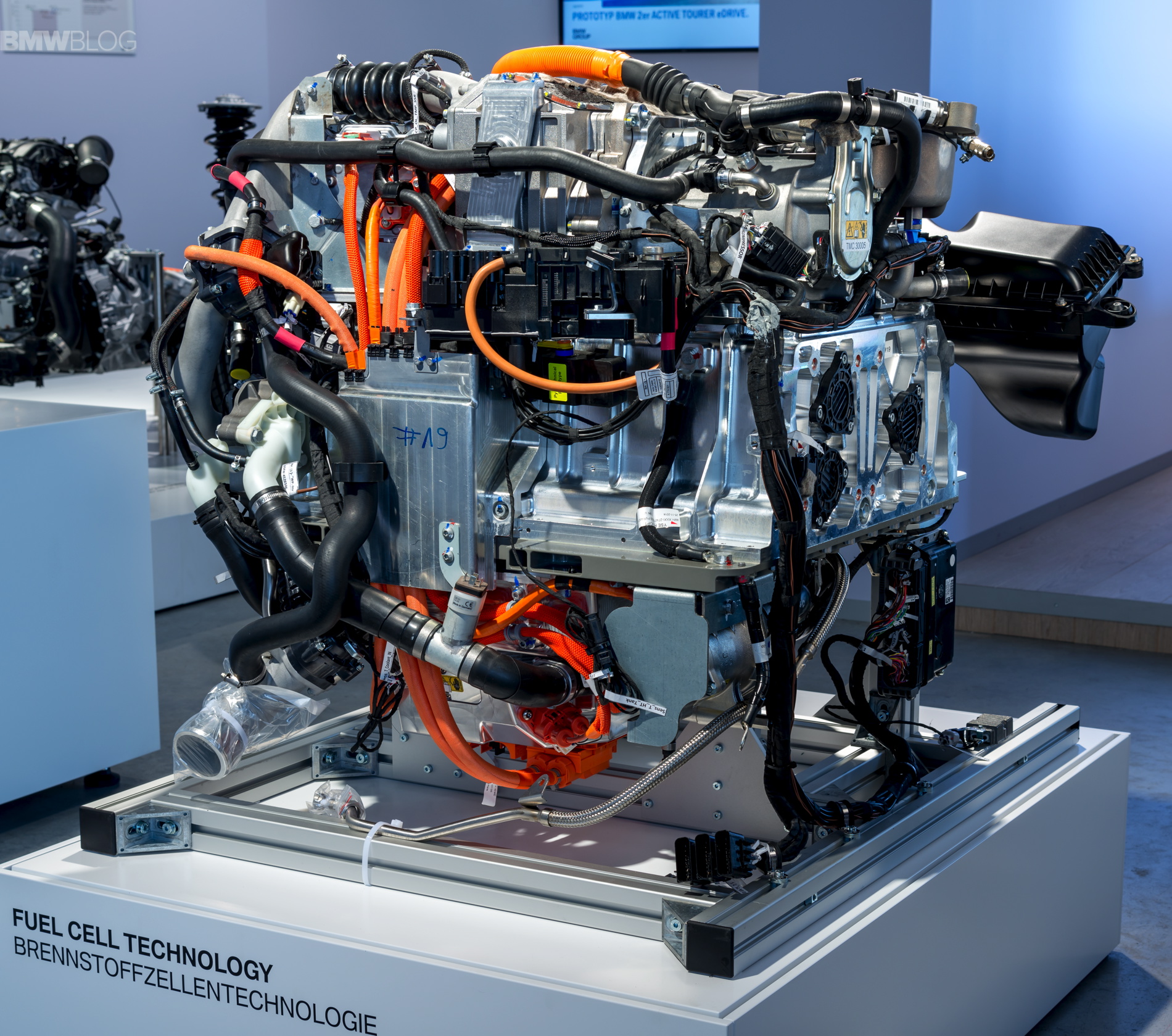

3. Transportįuel cells can be used for a variety of transport applications, from automobiles to buses, ships, trains and aircraft. However, these systems can be costly and have a relatively short lifetime as well as taking up space with the need for a hot water storage tank. Cogeneration systems can reach 85% efficiency (of which 40-60% is electric). This is where fuel cell systems are used to generate power while the waste heat produced is used to heat buildings or power cooling systems. 2. Cogenerationįuel cells can be made even more efficient through cogeneration. Ideal conditions provide up to 99.9999% reliability, which is equal to less than one minute of downtime every six years. Fuel cells are particularly useful for remote locations due to their lack of moving parts, which means they are highly reliable and unlikely to fail. These range from homes to spacecraft and research stations.

Here is a selection of fuel cell uses: 1. Powerįuel cells act as power sources for a variety of commercial, industrial and residential applications. Hydrogen fuel cells offer a range of applications, from powering our homes and businesses to moving vehicles like cars, buses and trains and more. The flammable nature of hydrogen poses evident safety concerns for its widespread useįind out more about the pros and cons here There is a need to create the infrastructure to support the growth in fuel cell use, including retrofitting vehicles 4. The extraction of hydrogen for use in fuel cells can take a lot of energy to achieve, undermining the green benefits of fuel cell use 3.

There is work underway to find non-platinum catalyst approaches 2. The cost of fuel cells can be high given the use of platinum as one of the largest component materials. The challenges associated with fuel cells include: 1. There are a number of pros and cons associated with hydrogen fuel cells, the benefits include: Single fuel cells do not generate a large amount of electricity, so they are arranged into stacks to create enough power for their intended purpose, whether that is powering a small digital device or a power plant.įuel cells work like batteries but, unlike batteries, they will not run down or need recharging and can continue to produce electricity while the fuel source (in this case, hydrogen) is supplied.īeing comprised of an anode, cathode and an electrolyte membrane, there are no moving parts in a fuel cell, making them silent in operation and highly reliable.


 0 kommentar(er)
0 kommentar(er)
